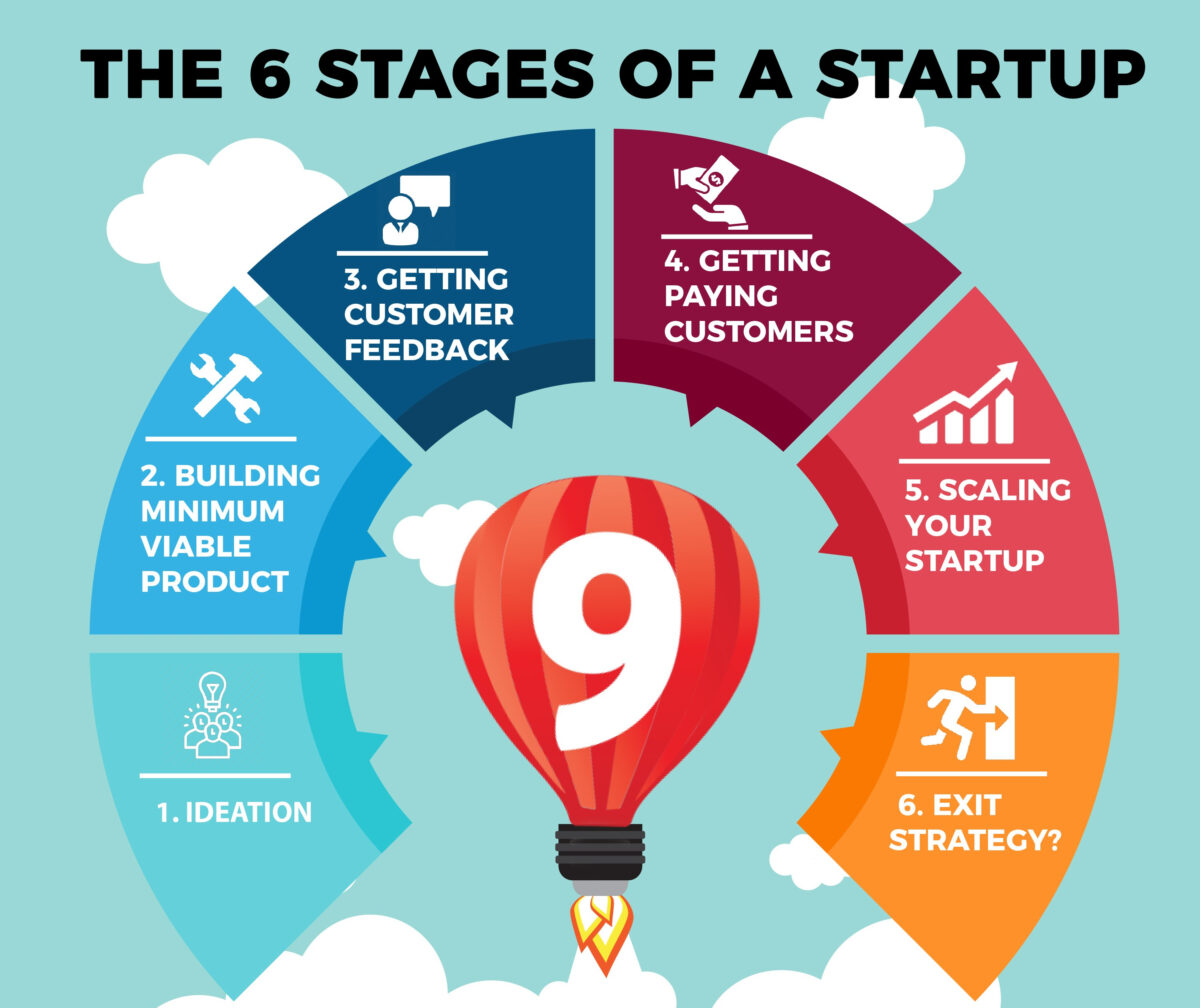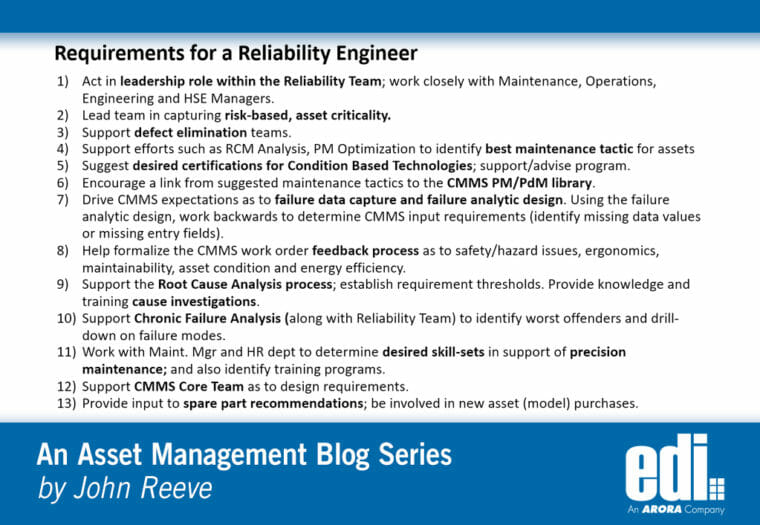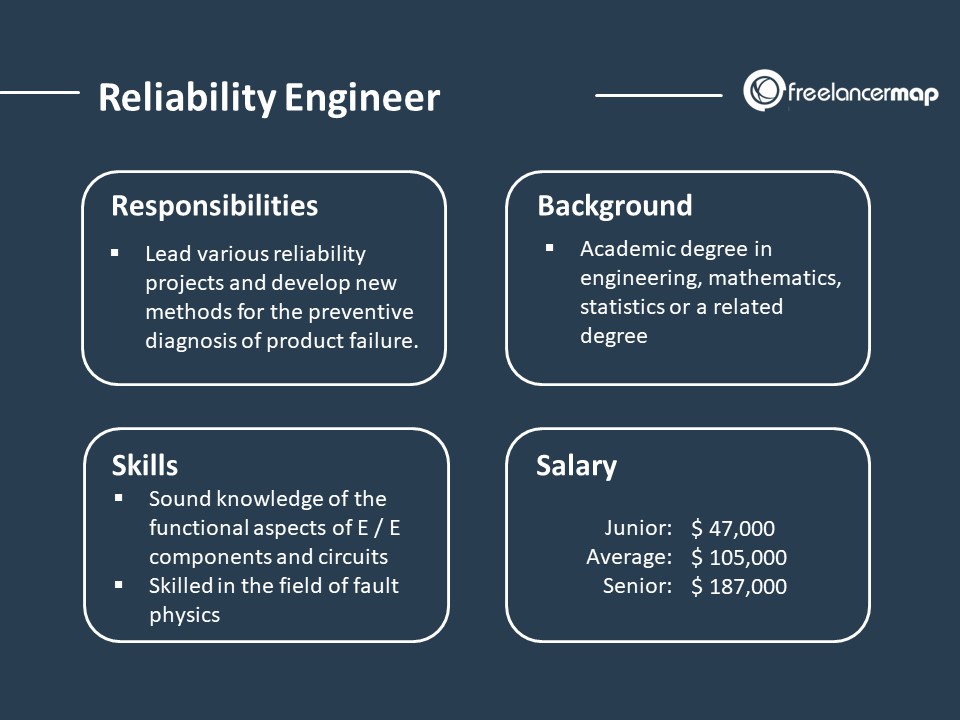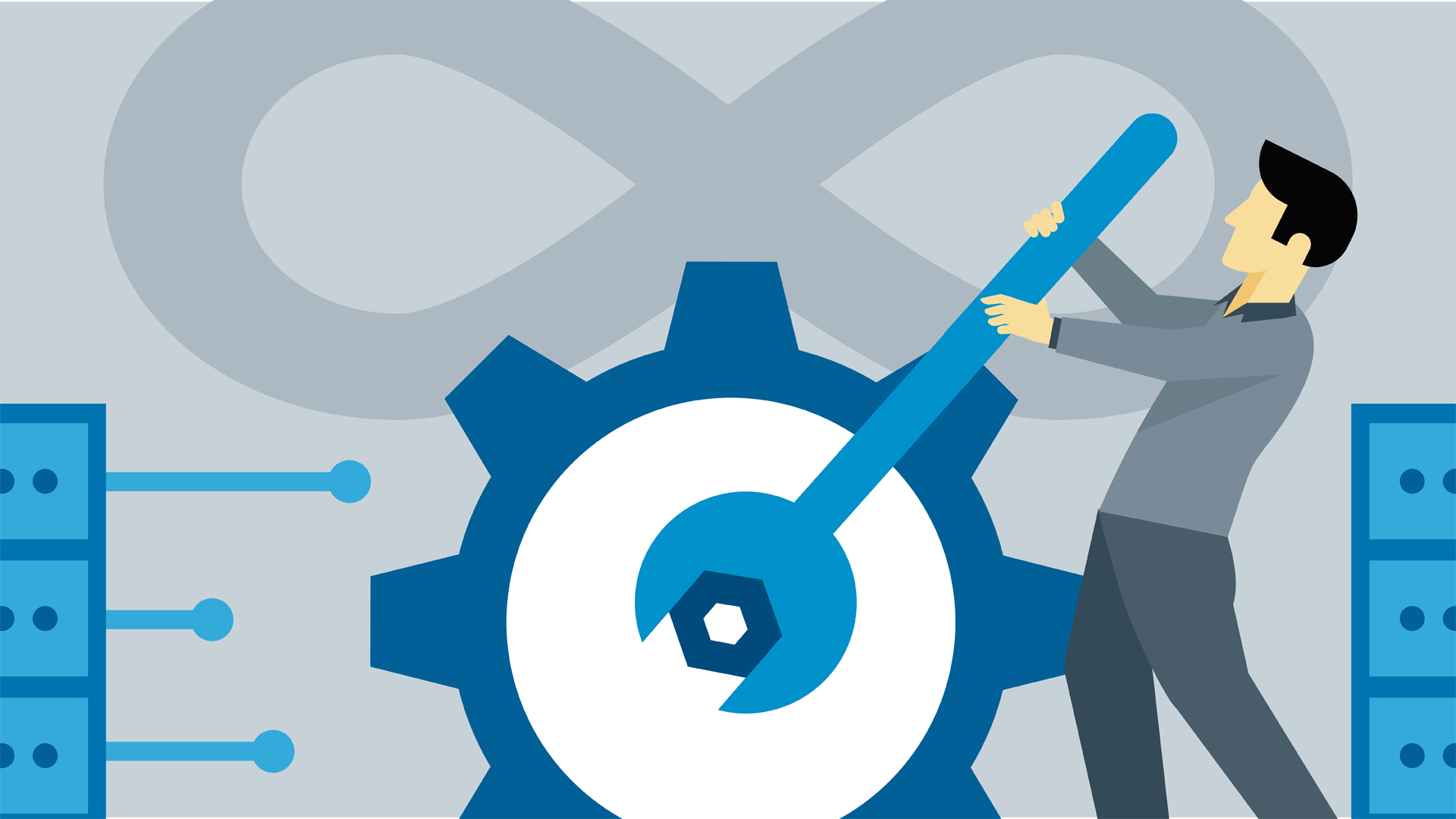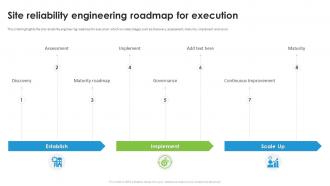Laying the Groundwork for Scalable Growth
Reliability engineering is a critical component of success for SaaS startups, as it directly impacts the user experience, revenue, and ultimately, the bottom line. The consequences of downtime can be severe, resulting in lost revenue, damaged reputation, and decreased customer satisfaction. In fact, according to a study by IT Brand Pulse, the average cost of IT downtime is around $5,600 per minute. On the other hand, proactive planning and investment in reliability engineering can yield significant benefits, including improved system uptime, increased customer trust, and enhanced competitiveness.
Innovative reliability engineering strategies are essential for SaaS startups to stay ahead of the curve and ensure scalable growth. By prioritizing reliability, startups can minimize the risk of downtime, reduce the mean time to recovery (MTTR), and improve the overall quality of their service. Moreover, reliability engineering innovation can be a key differentiator in a crowded market, setting a SaaS startup apart from its competitors and establishing it as a leader in its industry.
So, what does it mean to prioritize reliability in a SaaS startup? It means designing systems that are fault-tolerant, scalable, and maintainable. It means implementing proactive monitoring and maintenance strategies to identify and address potential issues before they become incidents. It means fostering a culture of reliability within the organization, where every team member is empowered to contribute to the reliability effort. By taking a proactive and innovative approach to reliability engineering, SaaS startups can build a strong foundation for success and set themselves up for long-term growth and profitability.
As the SaaS landscape continues to evolve, the importance of reliability engineering innovation will only continue to grow. With the increasing adoption of cloud computing, artificial intelligence, and the Internet of Things (IoT), the complexity of modern systems is increasing, and the potential for downtime and errors is growing. By prioritizing reliability and investing in innovative strategies, SaaS startups can stay ahead of the curve and ensure that their systems are always available, always performing, and always meeting the needs of their customers.
In the following sections, we will explore the key strategies and best practices for building a foundation of reliability in a SaaS startup, including assessing current reliability engineering maturity, implementing a culture of reliability, leveraging automation and AI, designing for failure, and measuring and optimizing reliability. By the end of this article, readers will have a comprehensive understanding of the importance of reliability engineering innovation in SaaS startups and the practical steps they can take to prioritize reliability and drive long-term success.
Assessing Your Current Reliability Engineering Maturity
Evaluating your current reliability engineering practices is a crucial step in building a foundation for success in your SaaS startup. Assessing your maturity level helps identify areas for improvement, prioritize efforts, and allocate resources effectively. A reliability engineering maturity assessment framework typically includes several key components, such as:
1. People and Processes: Evaluate the skills, knowledge, and experience of your team members, as well as the processes and procedures in place for reliability engineering. Consider factors such as training, communication, and collaboration.
2. Technology and Tools: Assess the technology and tools used for reliability engineering, including monitoring, logging, and analytics platforms. Consider the scalability, flexibility, and integration of these tools.
3. Metrics and Monitoring: Evaluate the metrics and monitoring strategies in place to measure reliability, such as uptime, MTTR, and MTBF. Consider the frequency, granularity, and accuracy of data collection.
4. Incident Management: Assess the incident management process, including detection, response, and resolution. Consider factors such as communication, escalation, and post-incident review.
5. Continuous Improvement: Evaluate the culture of continuous improvement, including the willingness to learn from failures, experiment with new approaches, and adopt emerging trends.
By using this framework, you can assess your current reliability engineering maturity level and identify areas for improvement. This will help you prioritize efforts, allocate resources effectively, and develop a roadmap for innovation and growth.
Metrics and monitoring play a critical role in assessing reliability engineering maturity. By collecting and analyzing data on key metrics, you can identify trends, patterns, and areas for improvement. Some essential metrics for reliability engineering include:
1. Uptime: Measures the percentage of time the system is available and operational.
2. MTTR (Mean Time to Recovery): Measures the average time it takes to recover from a failure or incident.
3. MTBF (Mean Time Between Failures): Measures the average time between failures or incidents.
4. Error Rate: Measures the frequency of errors or exceptions in the system.
5. Latency: Measures the time it takes for the system to respond to user requests.
By tracking these metrics and monitoring system performance, you can identify areas for improvement, optimize resources, and drive innovation in reliability engineering.
How to Implement a Culture of Reliability from Day One
Implementing a culture of reliability within a SaaS startup requires a deliberate and sustained effort. It involves creating an environment where every team member is empowered to contribute to the reliability effort, and where reliability is a core value that guides decision-making. Here are some practical strategies for instilling a culture of reliability from day one:
1. Leadership Buy-in: Reliability must be a top-down initiative, with leaders and managers championing the cause. This sets the tone for the rest of the organization and ensures that reliability is a priority.
2. Training and Education: Provide ongoing training and education on reliability engineering principles, practices, and tools. This helps to build a shared understanding of reliability and its importance.
3. Reliability Champions: Appoint reliability champions who can advocate for reliability and drive initiatives forward. These champions can help to build a community of practice around reliability.
4. Collaboration and Communication: Foster a culture of collaboration and communication, where team members feel empowered to share ideas, concerns, and feedback. This helps to identify and address reliability issues early on.
5. Recognition and Rewards: Recognize and reward team members who contribute to reliability efforts. This can be done through public recognition, bonuses, or other incentives.
6. Continuous Improvement: Encourage a culture of continuous improvement, where team members are empowered to experiment, learn from failures, and implement new ideas.
Companies that have successfully prioritized reliability, such as Netflix and Amazon, have seen significant benefits, including improved customer satisfaction, reduced downtime, and increased revenue. By implementing a culture of reliability from day one, SaaS startups can set themselves up for long-term success and build a strong foundation for growth.
For example, Netflix has implemented a culture of reliability through its ” Chaos Monkey” initiative, which involves intentionally introducing failures into the system to test its resilience. This approach has helped Netflix to build a highly reliable system that can withstand failures and ensure high levels of customer satisfaction.
Similarly, Amazon has prioritized reliability through its “Well-Architected Framework,” which provides a set of best practices for building reliable systems. This framework has helped Amazon to build a highly reliable and scalable system that can support its rapid growth.
By following these examples and implementing a culture of reliability from day one, SaaS startups can build a strong foundation for success and drive innovation in reliability engineering.
Leveraging Automation and AI for Proactive Reliability
Automation and AI are revolutionizing the field of reliability engineering, enabling SaaS startups to proactively identify and mitigate potential issues before they become incidents. By leveraging these technologies, startups can improve system uptime, reduce downtime, and enhance overall reliability.
One of the key applications of automation and AI in reliability engineering is predictive maintenance. By analyzing system data and identifying patterns, machine learning algorithms can predict when a component or system is likely to fail, allowing for proactive maintenance and reducing the risk of downtime.
Anomaly detection is another area where automation and AI can add significant value. By analyzing system data in real-time, machine learning algorithms can identify unusual patterns or behavior, alerting teams to potential issues before they become incidents.
Automation and AI can also be used to optimize system performance, reducing the risk of downtime and improving overall reliability. For example, AI-powered monitoring tools can analyze system data and identify areas for optimization, such as resource utilization or network configuration.
However, implementing automation and AI in reliability engineering also presents challenges. One of the key challenges is data quality, as machine learning algorithms require high-quality data to function effectively. Additionally, implementing automation and AI requires significant investment in tools, training, and personnel.
Despite these challenges, the benefits of automation and AI in reliability engineering far outweigh the costs. By leveraging these technologies, SaaS startups can improve system uptime, reduce downtime, and enhance overall reliability, ultimately driving business success.
For example, companies like Google and Amazon have successfully implemented automation and AI in their reliability engineering practices, achieving significant improvements in system uptime and reliability. By following these examples and leveraging automation and AI, SaaS startups can build a strong foundation for reliability and drive innovation in the field.
Some of the key tools and technologies used in automation and AI for reliability engineering include:
1. Machine Learning Frameworks: Such as TensorFlow, PyTorch, and Scikit-learn, which provide the foundation for building machine learning models.
2. Monitoring and Logging Tools: Such as Prometheus, Grafana, and ELK Stack, which provide real-time visibility into system performance and behavior.
3. Automation Platforms: Such as Ansible, Puppet, and Chef, which provide the foundation for automating system configuration and management.
By leveraging these tools and technologies, SaaS startups can build a strong foundation for automation and AI in reliability engineering, driving innovation and business success.
Designing for Failure: Strategies for Building Resilient Systems
Designing for failure is a critical aspect of reliability engineering, as it enables systems to withstand and recover from failures, minimizing downtime and data loss. By incorporating strategies for redundancy, failover, and disaster recovery, SaaS startups can build resilient systems that ensure high levels of uptime and reliability.
Redundancy is a key strategy for designing for failure, as it involves duplicating critical components or systems to ensure that if one fails, another can take its place. This can include duplicating servers, databases, or network connections, as well as implementing redundant power and cooling systems.
Failover is another critical strategy for designing for failure, as it involves automatically switching to a redundant system or component in the event of a failure. This can include implementing failover protocols for servers, databases, and network connections, as well as using load balancers to distribute traffic across multiple systems.
Disaster recovery is also essential for designing for failure, as it involves having a plan in place to recover from a catastrophic failure or disaster. This can include implementing backup and restore procedures, as well as having a disaster recovery plan in place that includes procedures for restoring systems and data.

Measuring and Optimizing Reliability: Key Metrics and Benchmarks
Measuring and optimizing reliability is crucial for SaaS startups to ensure high levels of uptime and customer satisfaction. By tracking key metrics and benchmarks, startups can identify areas for improvement and make data-driven decisions to optimize their reliability engineering strategies.
Some of the key metrics and benchmarks for measuring reliability include:
1. Uptime: Measures the percentage of time the system is available and operational.
2. Mean Time to Recovery (MTTR): Measures the average time it takes to recover from a failure or incident.
3. Mean Time Between Failures (MTBF): Measures the average time between failures or incidents.
4. Error Rate: Measures the frequency of errors or exceptions in the system.
5. Latency: Measures the time it takes for the system to respond to user requests.
By tracking these metrics and benchmarks, SaaS startups can identify areas for improvement and optimize their reliability engineering strategies. For example, if a startup notices a high error rate, they may need to optimize their code or improve their testing processes.
Data-driven decision making is critical in reliability engineering, as it enables startups to make informed decisions based on data and metrics. By analyzing data and metrics, startups can identify trends and patterns, and make decisions that optimize their reliability engineering strategies.
Some of the key benefits of measuring and optimizing reliability include:
1. Improved Uptime: By optimizing reliability, startups can improve uptime and reduce downtime.
2. Increased Customer Satisfaction: By ensuring high levels of uptime and reliability, startups can increase customer satisfaction and loyalty.
3. Competitive Advantage: By optimizing reliability, startups can gain a competitive advantage over their rivals.
4. Cost Savings: By reducing downtime and improving uptime, startups can save costs associated with maintenance and repair.
Some of the key challenges of measuring and optimizing reliability include:
1. Data Quality: Ensuring high-quality data is critical for making informed decisions in reliability engineering.
2. Metrics and Benchmarks: Selecting the right metrics and benchmarks is critical for measuring and optimizing reliability.
3. Analysis and Interpretation: Analyzing and interpreting data and metrics requires specialized skills and expertise.
By understanding the importance of measuring and optimizing reliability, SaaS startups can build a strong foundation for reliability engineering and drive business success.
Staying Ahead of the Curve: Emerging Trends in Reliability Engineering
The field of reliability engineering is constantly evolving, with new trends and technologies emerging all the time. To stay ahead of the curve, SaaS startups need to be aware of these emerging trends and understand how they can be leveraged to improve reliability.
One of the most significant emerging trends in reliability engineering is the use of serverless architecture. Serverless architecture allows developers to build applications without worrying about the underlying infrastructure, which can improve reliability by reducing the risk of human error.
Another emerging trend is edge computing, which involves processing data closer to the source, reducing latency and improving reliability. Edge computing can be particularly useful for applications that require real-time processing, such as IoT devices or autonomous vehicles.
DevOps practices are also becoming increasingly popular in reliability engineering, as they allow developers to work more closely with operations teams to improve the reliability of applications. DevOps practices such as continuous integration and continuous deployment can help to identify and fix reliability issues earlier in the development process.
Other emerging trends in reliability engineering include the use of artificial intelligence and machine learning to predict and prevent failures, as well as the use of blockchain technology to improve the security and reliability of applications.
While these emerging trends offer many benefits, they also present challenges for SaaS startups. For example, implementing serverless architecture or edge computing can require significant changes to existing infrastructure and processes. Similarly, adopting DevOps practices can require significant cultural and organizational changes.
Despite these challenges, SaaS startups that stay ahead of the curve and adopt emerging trends in reliability engineering can gain a significant competitive advantage. By improving reliability, startups can improve customer satisfaction, reduce downtime, and increase revenue.
Some of the key benefits of adopting emerging trends in reliability engineering include:
1. Improved Reliability: Emerging trends such as serverless architecture and edge computing can improve reliability by reducing the risk of human error and improving the speed of processing.
2. Increased Efficiency: DevOps practices and automation can improve efficiency by reducing the time and effort required to identify and fix reliability issues.
3. Enhanced Security: Emerging trends such as blockchain technology can improve security by providing a secure and transparent way to process data.
4. Competitive Advantage: SaaS startups that adopt emerging trends in reliability engineering can gain a significant competitive advantage by improving reliability, efficiency, and security.
By staying ahead of the curve and adopting emerging trends in reliability engineering, SaaS startups can build a strong foundation for reliability and drive business success.
Putting it all Together: A Roadmap for Reliability Engineering Innovation
Implementing innovative reliability engineering strategies is crucial for SaaS startups to achieve scalable growth and success. By following a structured roadmap, startups can proactively plan for reliability, assess their current maturity, and implement automation and AI to stay ahead of the curve. Here is a step-by-step guide to help SaaS startups prioritize reliability engineering innovation:
Step 1: Assess Current Reliability Engineering Maturity
Evaluate your current reliability engineering practices using a framework that assesses metrics, monitoring, and incident response. Identify areas for improvement and establish a baseline for future growth.
Step 2: Implement a Culture of Reliability
Instill a culture of reliability within your organization by providing training and education on reliability engineering principles. Ensure leadership buy-in and prioritize reliability from day one.
Step 3: Leverage Automation and AI for Proactive Reliability
Explore the use of automation and AI in reliability engineering, including machine learning for predictive maintenance and anomaly detection. Implement these technologies to proactively identify and mitigate potential issues.
Step 4: Design for Failure
Design systems that can withstand failure by implementing strategies for redundancy, failover, and disaster recovery. Prioritize resilience and ensure that your systems can recover quickly in the event of an outage.
Step 5: Measure and Optimize Reliability
Establish key metrics and benchmarks, including uptime, mean time to recovery (MTTR), and mean time between failures (MTBF). Use data-driven decision making to optimize reliability and identify areas for improvement.
Step 6: Stay Ahead of the Curve
Stay up-to-date with emerging trends in reliability engineering, including serverless architecture, edge computing, and DevOps practices. Continuously evaluate and adopt new technologies to maintain a competitive edge.
By following this roadmap, SaaS startups can prioritize reliability engineering innovation and set themselves up for scalable growth and success. Remember, reliability is not just a technical concern, but a business imperative that requires proactive planning, cultural buy-in, and continuous innovation. By prioritizing reliability, SaaS startups can build a strong foundation for success and stay ahead of the competition.

